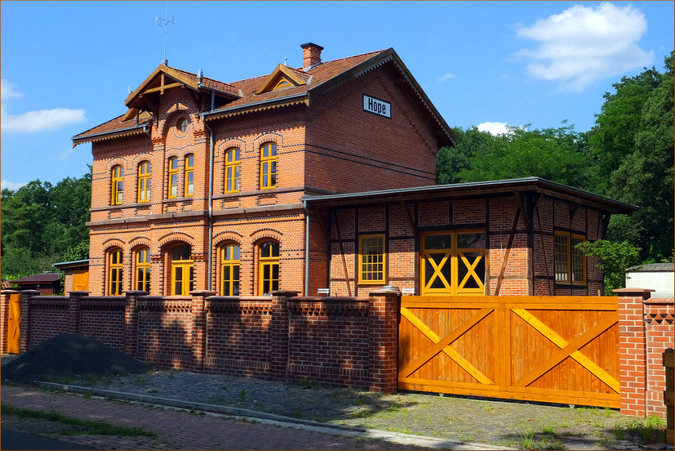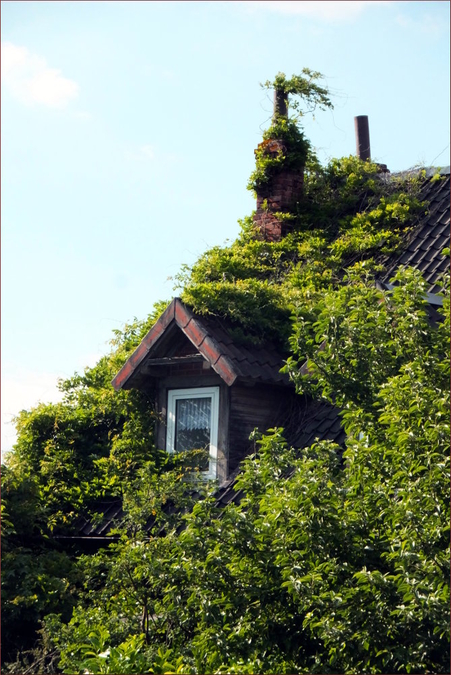I've been using an Olympus pen e-pm1 micro 4/3 camera every chance I get. I bought it used, for less than $100. The e-pm1 was released six years ago, so it's not exactly the latest technology.
I prefer it to my larger Nikon dSLRs. Maybe it's because it fits in a pocket with the smaller lenses, or I can put four focal lengths and the camera in a very small bag. Since money is an object, I've benefited from adapting high quality legacy manual focus lenses using cheap adapters. The only native lens for the system I own is the 15mm f/8 pancake lens. I enjoy the variety of legacy lenses available which are much more affordable than the equivalent for the Nikon system.
The only real downside is the availability of cheap, fast wide-angle lenses, though I guess that's true for every format.
The noise levels are ok, but not as good as I'd like. At low ISO, I think it's certainly comparable to my much older Nikon D80 which is APS-C, and probably quite a bit better at the higher ISOs. I do a lot of image stacking to reduce noise, which I find very satisfying, and which makes the camera do much more than its price point would indicate.
I very much like the camera's ability to digital zoom 5x to 14x in the viewing screen. I use that feature to nail critical focus.
I think I've become a much better photographer with this camera. I don't know that it's anything specific to the camera itself, but rather the fact it's so easy to carry that I use it more, and have learned better techniques.
Part of the reason I'm so happy with this system is the price point. If I hadn't bought a used camera or used lenses, I would be less satisfied. It's a remarkable system, compact and versatile, but I can't see spending $1000. There are used full-frame cameras in the price range.






